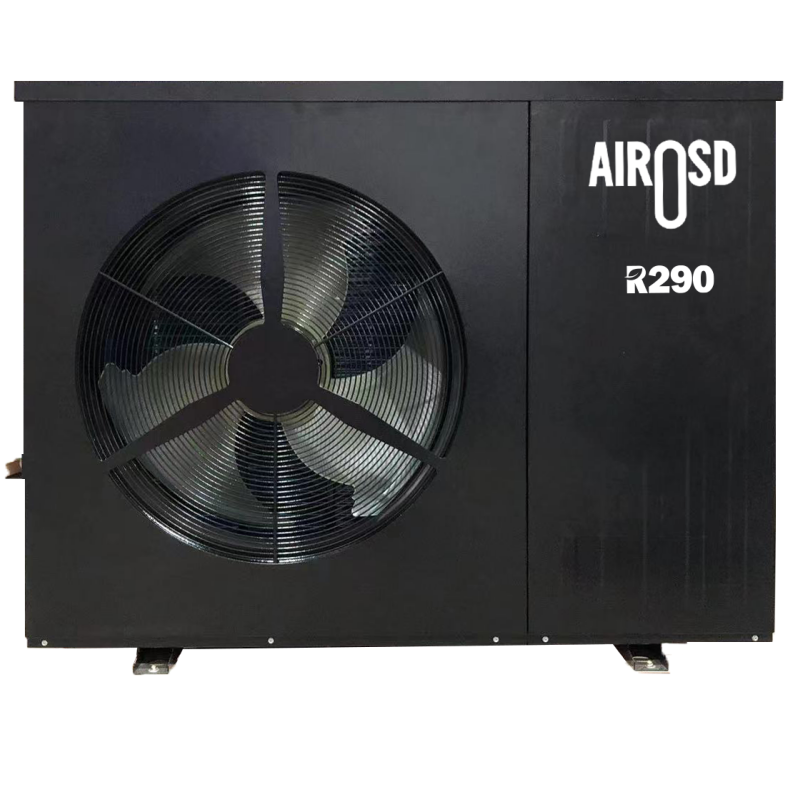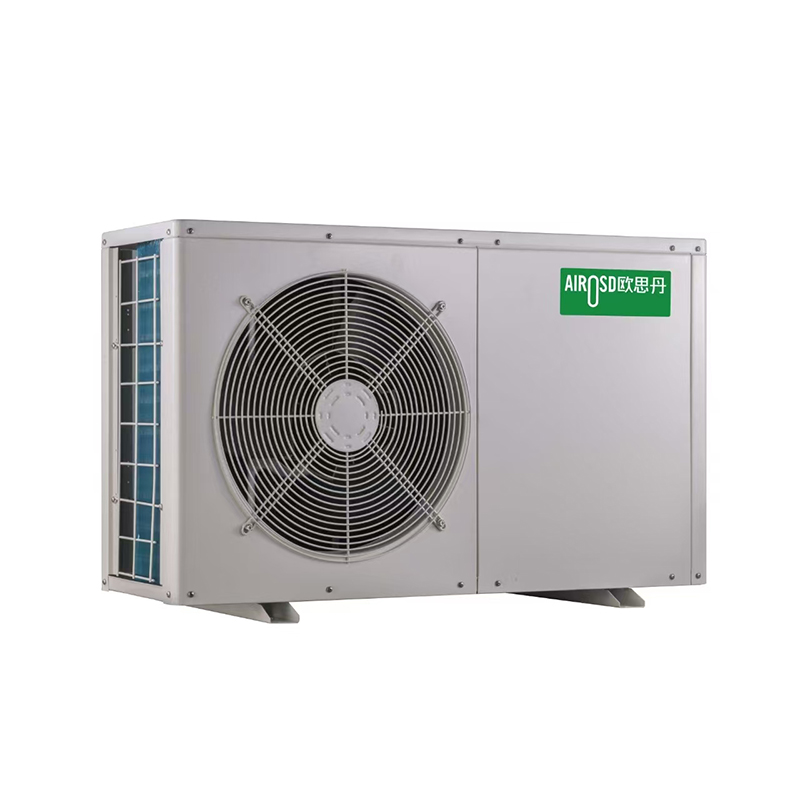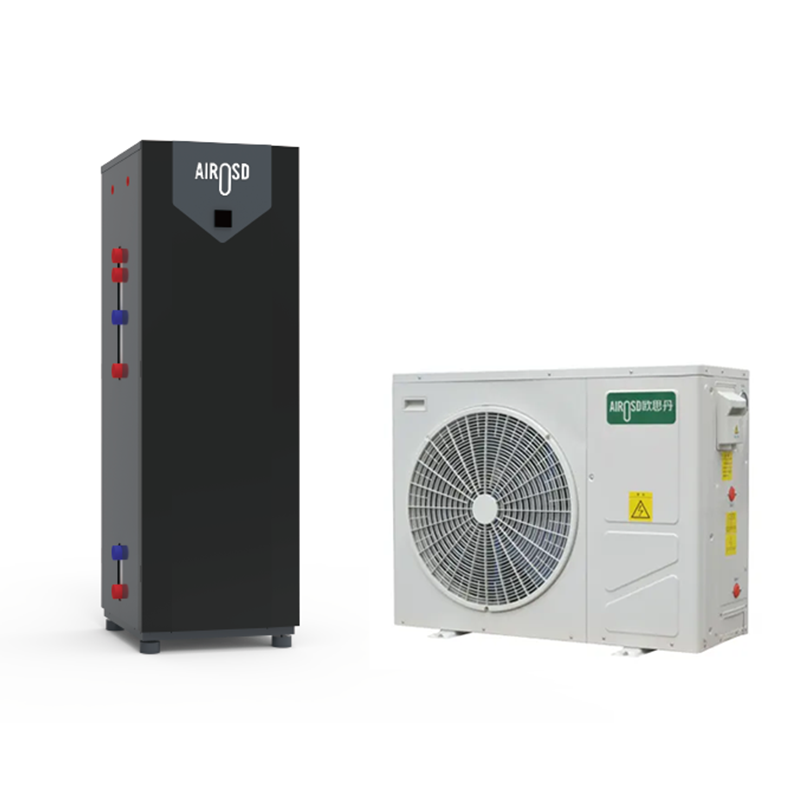Can a heat pump be used for both heating and cooling?
Heat pumps have become popular home comfort solutions in recent years, offering year-round temperature control in an efficient way. Modern heat pump hvac systems can both warm a living space in winter and cool it in summer by reversing their operation cycle. This article explains the basic principles, practical scenarios, benefits, and installation considerations, highlighting terms like heat pump heating system, heat pump cooling system, air source heating and cooling, and heat pump for cooling in a way that is easy to follow.
How a heat pump works
A heat pump operates on a refrigeration cycle that moves heat rather than generating it by burning fuel. In heating mode, the system extracts heat from outdoor air or ground and delivers it indoors; in cooling mode, it removes heat from indoor air and rejects it outside. When set up as a heat pump heating system, it runs a compressor and refrigerant loop to absorb low-grade heat and boost its temperature. When switched to cooling, the same loop reverses, functioning as a heat pump cooling system to reject indoor heat outdoors. This reversible capability means one piece of equipment handles both tasks, often controlled by a four-way valve or similar switching mechanism.
Dual-function capability and configurations
Typical single-zone heat pump hvac systems cannot heat and cool at the exact same moment in the same space because they switch modes based on the thermostat setting. However, households with multiple zones or split configurations can achieve what feels like simultaneous operation in different rooms. For example, a ducted multi-zone arrangement or a system employing hydronic distribution (such as water-based radiant panels) coupled with fan coil units can provide heating in one area while a heat pump cooling system operates in another. In an air source heating and cooling setup, the outdoor unit supports multiple indoor heads or fan coils: some indoor units call for the heat pump heating system, while others call for the heat pump cooling system. Additionally, families may install separate indoor units controlled individually, making it possible to run a heat pump for cooling upstairs during hot afternoons while downstairs remains in heating mode via the heat pump heating system on colder days. Such flexibility depends on system design (multi-split or VRF-like architectures) that manage refrigerant or water loops independently for each zone, demonstrating how advanced heat pump hvac systems can deliver precise, simultaneous comfort in different areas of the home.
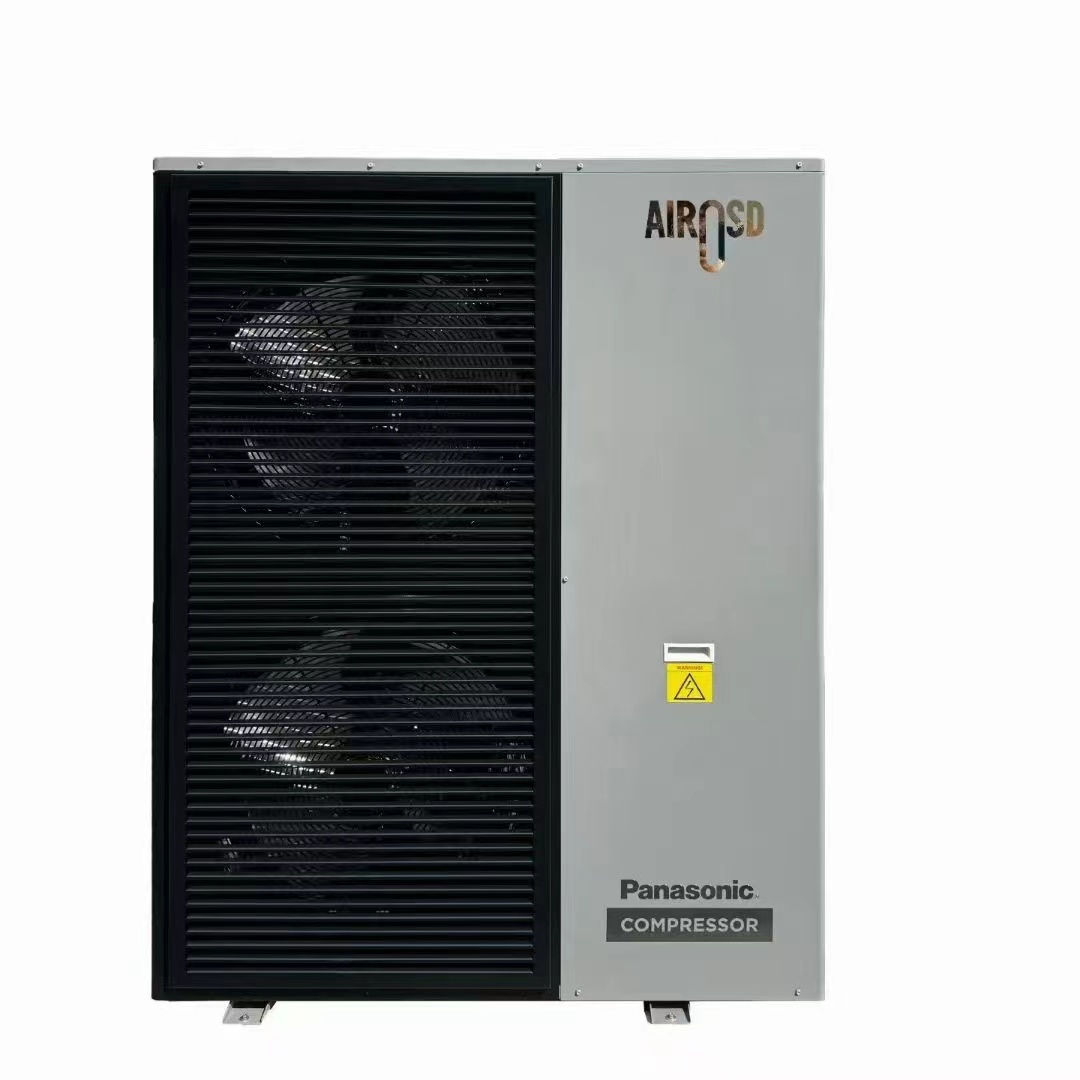
Energy efficiency and home comfort benefits
One major appeal of heat pump solutions is energy efficiency. Compared to electric resistance heating or standalone air conditioners, a well-designed heat pump hvac systems typically delivers 2–4 times more heat energy per unit of electricity used, whether operating as a heat pump heating system in winter or as a heat pump cooling system in summer. This translates to lower utility bills and reduced carbon footprint. In colder climates, cold-climate heat pumps maintain good performance even at low outdoor temperatures, providing reliable warmth through an efficient heat pump heating system. In summer, the air source heating and cooling cycle shifts to remove indoor heat effectively, making it an effective heat pump for cooling solution and maintaining comfortable indoor conditions. Families benefit from an air source heating and cooling approach that eliminates the need for separate heating and cooling equipment, and from simplified maintenance and a unified control interface for year-round comfort using heat pump hvac systems.
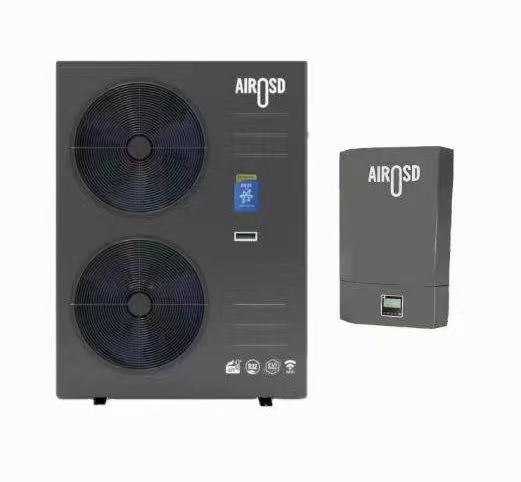
Suitability and environmental impact
Heat pump hvac systems are well-suited for homes with moderate to good insulation and airtightness, as an efficient building envelope reduces load and allows the system to run at its optimal capacity. In many cases, an air source heating and cooling solution can be installed without major structural changes, though retrofitting older homes may require upgrading insulation, sealing leaks, or adding suitable indoor distribution methods. In many regions, local incentives or rebates make heat pump installations more affordable. When powered by renewable electricity, the environmental benefits multiply: operating a heat pump heating system powered by green energy cuts greenhouse gas emissions compared to fossil fuel boilers. Similarly, during warm months, the heat pump cooling system avoids direct refrigerant leakage risks common in older standalone air conditioners, since modern units use more eco-friendly refrigerants and sealed loops. Installing a heat pump hvac systems solution involves selecting correct capacity based on home size, climate, and distribution method. Professional assessment ensures the outdoor unit is placed where airflow is unobstructed, minimizing frost accumulation and noise impact. Indoor units—whether wall-mounted heads, ducted vents, or fan coil units—should be located for even distribution. Controls may include programmable thermostats or smart home integration to optimize schedules and energy use. In multi-zone setups, proper piping or refrigerant line design allows each zone to demand heating or cooling separately, enabling a heat pump for cooling in one zone and heating in another if needed. Routine maintenance, like filter cleaning and annual inspections, ensures the heat pump heating system and heat pump cooling system continue to operate efficiently throughout the year.
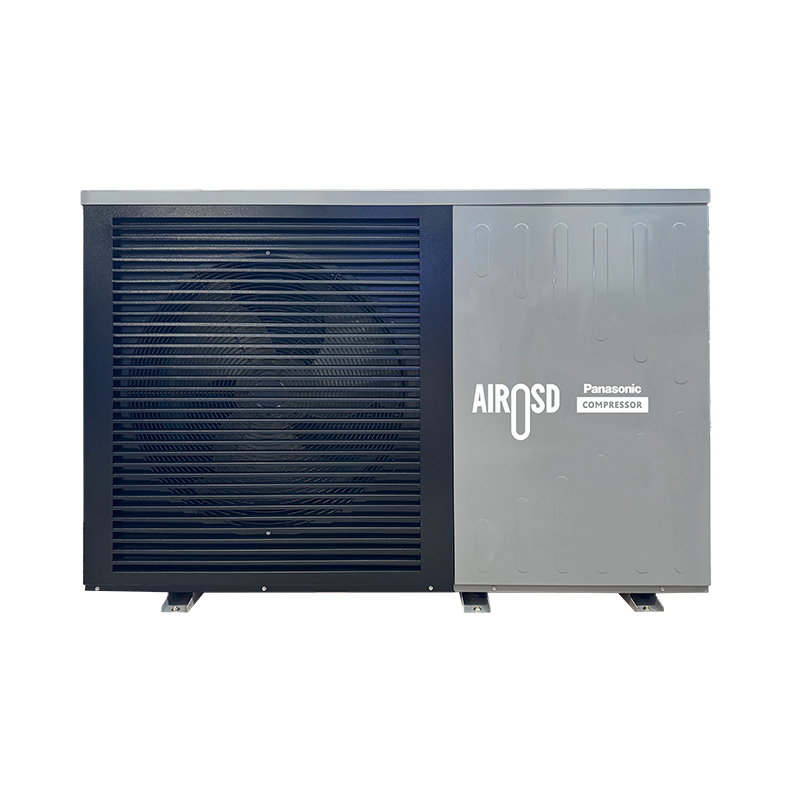
Cost-effectiveness over time
Although the initial installation cost of a heat pump hvac systems may be higher than that of a regular air conditioner and a separate heating system, heat pump hvac systems uses much less electricity! Your monthly power bill will be a bit lower, and over time those savings will make up for the extra upfront cost.
This is especially true in places that are very hot in summer and very cold in winter: if you install a air source heating and cooling that provides both heating and cooling, you won’t need separate air conditioners and heaters. air source heating and cooling saves space and heat pump heating system is much easier to maintain. Many homeowners like this “two-in-one” design — use it as an air conditioner in summer and as a heater in winter — one system does it all, air source heating and cooling’s convenient and worry-free.


